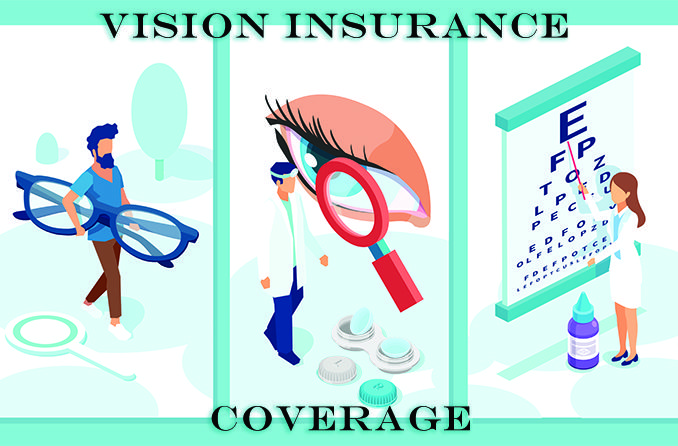
Introduction to Dry Eye Syndrome and Vision Insurance Reimbursement Plans
Dry Eye Syndrome (DES) occurs when the eyes don’t produce enough tears or when tears evaporate too quickly. This leads to discomfort, redness, and sometimes vision problems. Nearly 16.4 million Americans are affected by DES, making it a common condition. Managing DES often requires ongoing treatment, which can be costly. Vision insurance and reimbursement plans can help cover these expenses, making it easier to access necessary care. Understanding how these plans work is crucial for anyone diagnosed with DES.
Understanding Dry Eye Syndrome Symptoms and Diagnosis
Common symptoms of DES include a burning or scratchy feeling, blurry vision, and red eyes. These symptoms can make daily activities like reading, driving, or using a computer uncomfortable. To diagnose DES, eye doctors use tests like Schirmer’s test, tear breakup time (TBUT), and ocular surface staining. Early diagnosis is key to managing the condition effectively. Symptoms can vary from person to person, so personalized treatment plans are often needed. Regular eye exams are important for early detection and ongoing management.
Causes and Risk Factors of Dry Eye Syndrome
DES can be caused by factors like aging, hormonal changes, and medical conditions such as Sjögren’s syndrome. Environmental factors like smoke, wind, and air conditioning can also trigger symptoms. A diet low in vitamin A or omega-3 fatty acids may increase the risk of DES. Prolonged screen time and certain medications, like antihistamines, can worsen symptoms. Lifestyle choices, such as smoking or excessive alcohol consumption, can also contribute. Understanding your risk factors helps in creating a tailored treatment plan.
Treatment Options for Dry Eye Syndrome
Treatment for DES depends on the cause and severity of symptoms. Options include artificial tears, prescription eye drops, and punctal plugs. Lifestyle changes, like avoiding smoke and using a humidifier, can help manage symptoms. Omega-3 supplements and vitamin A are often recommended for eye health. Eyelid hygiene and warm compresses can also provide relief. In severe cases, treatments like autologous serum eye drops or surgery may be needed. Regular follow-ups with your eye doctor ensure the treatment plan remains effective.
Vision Insurance and Reimbursement Plans for Dry Eye Syndrome
Vision insurance helps cover the cost of eye care, including DES treatments. Plans like HMOs, PPOs, and indemnity plans may cover services such as eye exams, prescription drops, and surgical procedures. It’s important to understand coverage limits, deductibles, and the claims process. Some treatments may require pre-authorization. Reviewing your policy details before seeking treatment can help avoid unexpected costs.
Navigating Vision Insurance for Dry Eye Syndrome
When choosing a vision insurance plan, compare coverage options and select one that includes DES treatments. Using in-network providers can reduce costs. If a claim is denied, you can appeal or negotiate with the insurance company. Keeping detailed records of treatments and expenses simplifies the reimbursement process. Patient advocacy groups can also provide support in navigating insurance challenges.
The Latest Research and Future of Dry Eye Syndrome Treatment
Recent advancements in DES research include new diagnostic tools and personalized treatment approaches. Genetic testing and targeted therapies are being explored to improve outcomes. New medications and treatments are in development, offering hope for better management of DES. Staying informed about the latest research can help you make informed decisions about your care. As new treatments become available, insurance coverage may also improve.



